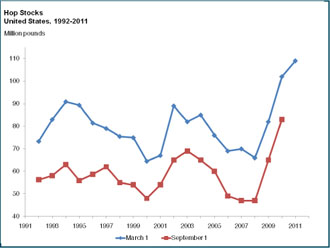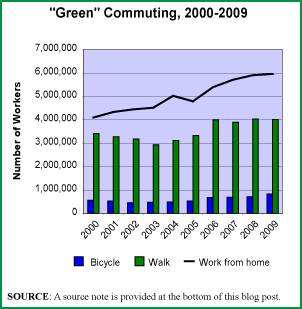“When I see an adult on a bicycle, I do not despair for the future of the human race.” — H.G. Wells
Bicycle sharing is a system in which bicycle stations are set up at various places around a city. Each station can have tens, hundreds, or thousands of bicycles for rent, depending on demand. Customers rent the bicycles by the hour or by the day and then return them to the nearest bicycle sharing station.
These bicycle sharing systems are currently much more popular in major European cities than they are in cities in the Americas. However, the United States outranks any other country when it comes to bicycle sharing systems on college and university campuses with 24 such systems nationwide. Mexico, Philippines, and the United Kingdom are the only other countries with bicycle sharing systems on college campuses, each having just one station. As of June 2011, Warsaw, Poland; Boston, Massachusetts; and Lansing, Michigan were in the planning stages of adding bicycle sharing systems to their cities. Eric Schertzing, organizer of the Lansing, Michigan effort, said “he envisions bike sharing to be most appealing to downtown employees and tourists, and possibly renters who don’t want to haul bicycles up and down apartment stairs.”
Geographic reference: World
Year: 2008, 2009, 2010
Market size: 92, 160, and 238 stations respectively
Source: “Selling Smart Bicycles: A Delicate Dance, Part 2,” viaCycle, May 26, 2011, available online here; Lindsay VanHulle, “Ingham County Considering $100,000 Bike Sharing Service,” Lansing State Journal, June 23, 2011, available online here; “List of Bicycle Sharing Systems,” Wikipedia, available online here.



